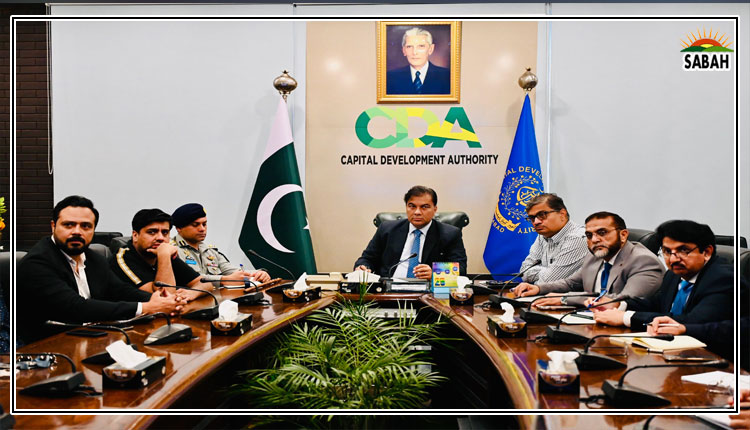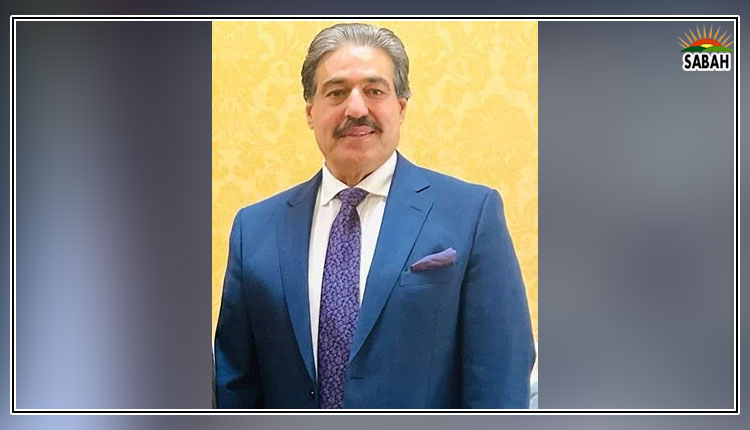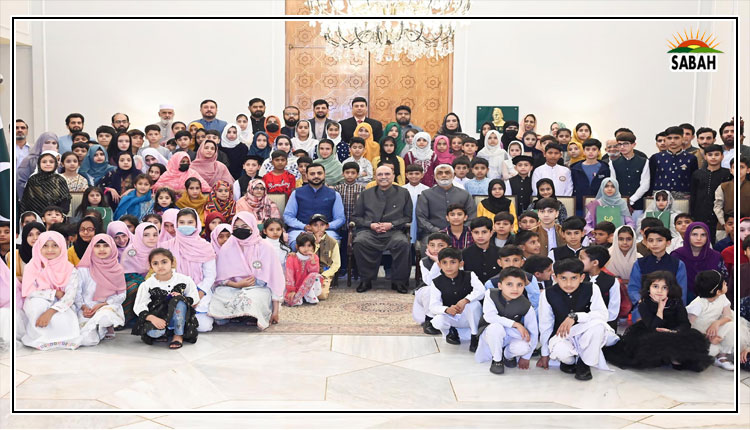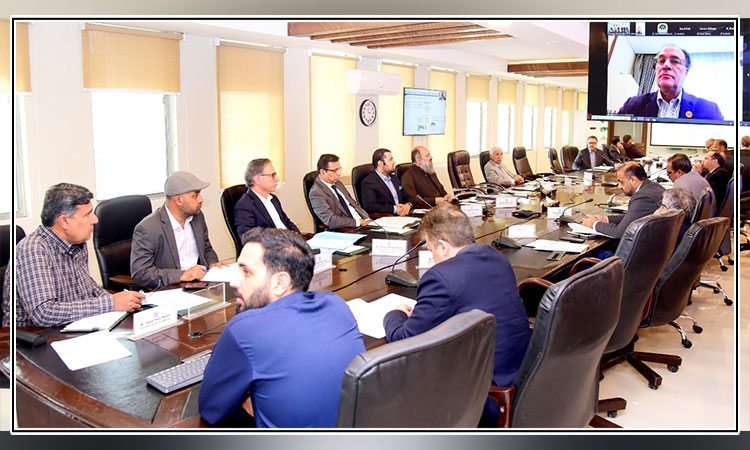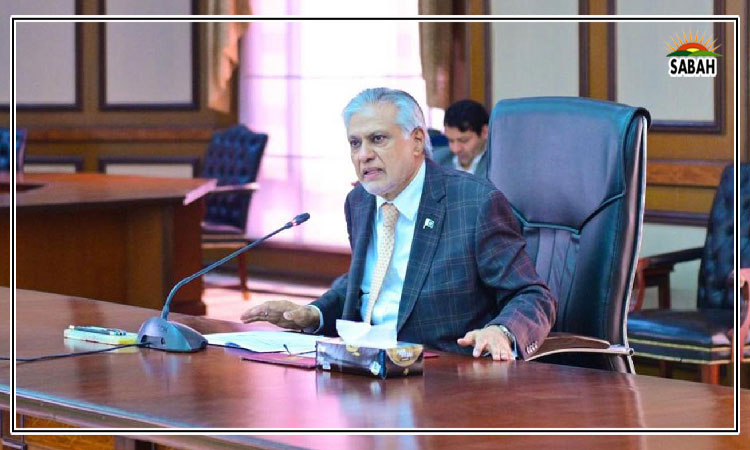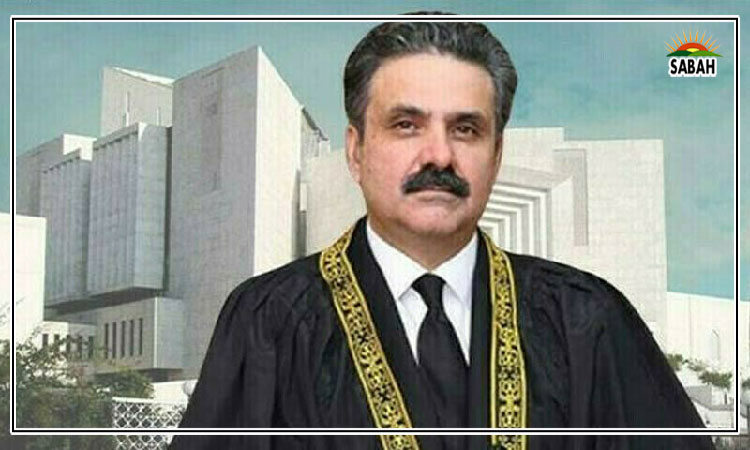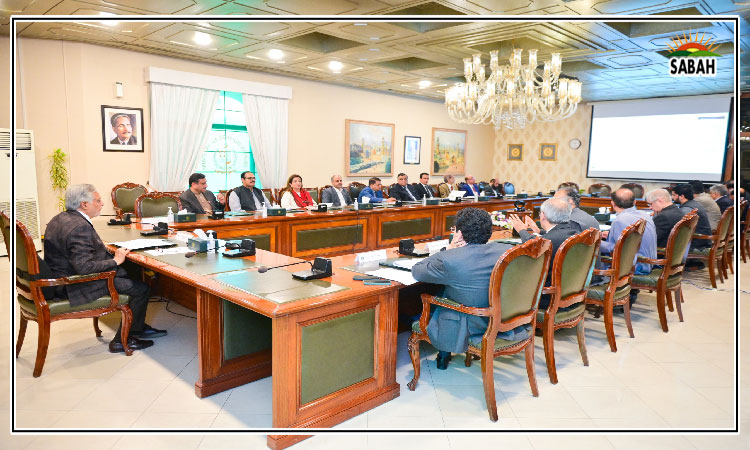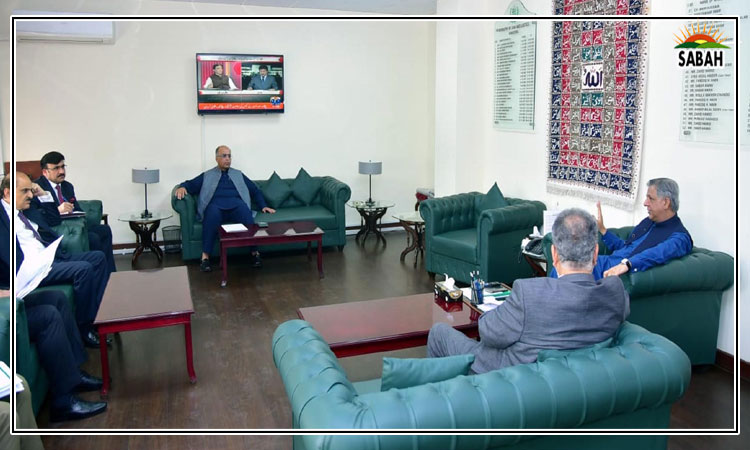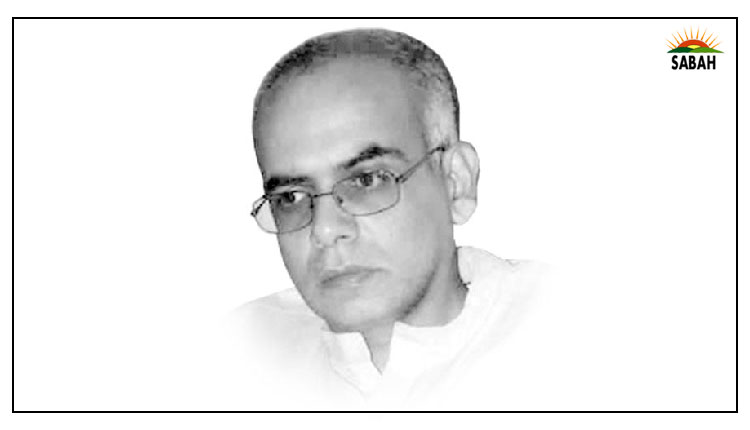What Modi’s return means for India …. Syed Mohammad Ali
So, Modi is a Prime Minister once again. While Modi did not secure another landslide victory as was widely predicted, still he is back at the helm of affairs in the second most populous country in the world. Many analysts are claiming that being part of a coalition government will make it difficult for Modi to do as he pleases. Others are impressed by the resurgence of the Indian opposition, under the Congress leadership. However, hoping that India is now going to self-correct itself, in ideal democratic fashion, may be wishful thinking.
That Modi has lost some support is still significant. Modi’s supporters will probably have an increasingly tough time defending his portrayal “as the most popular leader in the world”. Indian Adivasi tribes, which had been increasingly marginalised by Modi’s top-heavy economic development policies, have not voted for him. Despite his public spending spree, Modi also failed to win over lower caste Hindus, who are also disenchanted by Hindu nationalist rhetoric, which did little to improve their lives. Farmers in Haryana and Punjab did not either support Modi due to his attempts to further liberalise agriculture. Muslims, and other religious minorities, including the Christians, largely supported the Congress and its big-tent alliance of multiple parties, known as Indian National Developmental Inclusive Alliance (INDIA). However, despite winning a lot of religious minority votes, the Congress also has a problematic history with both the Sikhs and the Muslims. The present-day Congress-led INDIA platform also included ultra-regionalist political parties such as Shiv Sena. Modi has exacerbated communal tensions, but this is a problem which predates his rise, and one which may remain a source of internal tensions after Modi is no longer in politics.
For now, however, Modi lacks an absolute majority in the parliament. Despite allegations of rigging, the BJP has now formed a government, reliant on regional parties like the Telugu Desam Party and the Janata Dal United, which are not prone to endorsing increased anti-Muslim rhetoric. These developments have raised hopes amongst many liberal-minded Indians at home, as well as Indian supporters abroad, that Modi’s chokehold on state institutions will also weaken, in turn allowing human rights groups and other government critics to become more assertive.
Yet, some perturbing initial steps have been already taken by the incumbents. For instance, no key ministries (defence, finance or home/interior) were given to any coalition partner. There are no Muslims in Modi’s new cabinet. Amit Shah is still the Home Minister of India, a man who had perfected the art of using the label of anti-terrorism to quash all forms of dissent.
If Modi has any desire to curb majoritarianism, he should pay heed to the lengthy list of recommendations prepared by Human Rights Watch (HRW) for the incoming government. Some of the suggestions in this list ask the Indian government to stop persecuting dissenters, compel the police and judiciary to offer protection to the minorities, and ensure the security apparatus averts rampant abuses in the name of quelling insurgencies. HRW has also called for amending the Citizenship Amendment Act 2019, which denies refugee status to Muslims, including the Rohingyas. It has further pointed to the need for repealing state level anti-conversion laws, and laws banning cow slaughter.
Despite his electoral disappointment, Modi is unlikely to abandon majoritarianism or offer meaningful protections to India’s minorities, to its restive regions, or to his dissenters. It will also be surprising if the Indian Supreme Court goes back on its recent decision to endorse revocation of Kashmir’s special status. The Indian media and civil society may become more proactive though. There may be some respite for minorities facing the increasing threat of violence at the hands of Hindu extremists. Yet, the biggest preoccupation for the new Modi government will probably be trying to address the rampant joblessness and inequalities which the Modinomics has produced. Modi has turned Indian into the world’s fifth largest economy, but it remains a nation which is unable to provide even the most basic of necessities to a vast majority of its populace.
Courtesy Express Tribune


